Review: BlackBerry Z30 for Verizon Wireless
Media
The Z30 has two apps for media playback, one for music and one for video. Both are bare-bones affairs that cover the basics of media playback and not much more. Content can be added a handful of different ways. It can be side-loaded via memory cards, via the BlackBerry Link desktop app, or downloaded from BlackBerry World. BlackBerry updated BlackBerry Link recently and the new app is much improved when it comes to transferring media. It's slow, but at least it now works reliably.
The BBW store offers a decent selection of movies, TV shows, and music, with prices that are comparable to the Google Play Store, iTunes, and Windows Phone Store. In general, audio sounded good through my favorite headphones and video looked good - but definitely not great - on the Z30's display. I guess I am spoiled by the full HD screens of today's best devices. The Z30's screen can't compare, not even to other 720p screens.
The Z30 also comes with its own YouTube application and Slacker Radio. Both are serviceable for consuming video/audio content.
If you're interested in sharing, the Z30 can push content to other DLNA-certified devices wirelessly. They all need to be running on the same Wi-Fi network, but it works well.
Camera
The camera on the Z30 opens quickly, and is incredibly fast to focus and capture images. Since there is no hardware button, images are captured by tapping on the screen. I found the Z30 to be responsive to this input for picture taking, but it takes a more intentional screen press to stop/start video capture.
The camera's user interface is kept to a minimum. There are buttons that let you switch between the video camera, regular camera, and TimeShot (more on that in a sec). Shooting modes - which control the camera's focus and shutter speed - include normal, stabilized, burst, and now HDR. Scenes, which are used to help with exposure and white balance, include auto, action, whiteboard, night, and beach/snow. You can also toggle the flash between auto, on, or off. It's sort of annoying that you have to jump through a few hoops to switch to the user-facing camera.
There's also the TimeShot feature, which is meant to help capture the best image of peoples' faces. The feature essentially shoots five quick shots and, using the on-screen tools, you can select which of the shots looks best for each of the faces detected in the viewfinder. It's cool if you have little kids or people who blink all the time.
In all, the camera performs well. It's not as advanced as those offered on devices such as the Galaxy S4 or LG G2, but the simplicity works.
Photos
Like the Z10 and Q10, the Z30 has an average 8-megapixel camera. I was impressed with its ability to obtain sharp focus and good white balance, but there was more grain than I'd like to see from an 8-megapixel shooter. It does not perform well at all in low-light situations, and the flash doesn't do much to help to offset the low-light problem. The HDR setting makes a huge difference when there's uneven lighting (see the tree shots below). Turning on HDR makes unusable scenes look good. Most people will be happy to take snapshots with the Z30, but discerning photogs may want to look elsewhere.
Video
The Z30 can shoot video at up to 1080p HD. Most of the video I shot looks good, but it tended to blow out whites and other bright areas, while also leaving out the details in dark spots. Focus was good, though, and colors looked great. Again, it's good for casual use, but not necessarily for capturing life's most important (or creative) moments.
Gallery
The gallery application works well when it comes to managing, editing, and sharing photos. The default view in the gallery app shows the most recent images captured with the camera. They are shown in a grid. You may also choose to sort via albums, thanks to controls that line the bottom of the screen.
The editing features are robust. Images can be cropped and rotated; enhanced to improve brightness, white balance, contrast, sharpness, noise, and red-eye; and styled with effects in the vein of Instagram. Once you're done editing the photos, you can share them easily to social networks, email, BBM, and otherwise upload the files to web sites and so on.
The Z30 comes with the Dropbox cloud storage app installed. You can set that app to automatically upload your photos for safe keeping if you so wish.
Apps
There are only two Verizon-branded applications on the Z30; otherwise, everything is a native BlackBerry-developed app or service. Out of the box, BlackBerry provides about 42 apps on the Z30. The on-device storefront for BlackBerrys is called BlackBerry World. It offers Z30 owners not only apps, but music, movies, and games. The app itself is OK, but not great. The app has tools that allow you to view only Games, Apps, Music, or Video, but drilling down into these sections leaves you with plenty of work to do to find new and interesting stuff. Some of the pre-installed stuff includes a note-taking app called Remember, Docs to Go (an acceptable mobile client for opening/viewing MSFT Office docs), and an app for programming NFC smart-tags.
Browser
The Z30's browser is a standards-based piece of software that does a decent job of rendering both mobile and desktop web sites. It loads pages quickly and cleanly, and offers features I like, such as multiple tabs, a solid bookmarking tool, and even private browsing. When used on Verizon's LTE 4G network, web sites mostly loaded quickly (as long as the cell wasn't jammed with other users.) Safari on iOS devices and Chrome on Android devices are both a bit better, but the BB10 browser is fine.
Bluetooth
The Z30 connected with other devices easily, but didn't perform all that well. Bluetooth seemed to intensify the crummy call quality. I tried both mono headsets and my car's hands-free system, but wasn't pleased with either. The sound was too quiet.
One note: The Z30 supports a new Bluetooth mode called aptX. Using aptX makes improvements to the audio quality of stereo music when used with other aptX gear. I tested the Z30 with an aptX-compatible Bluetooth speaker and a non-aptX Bluetooth speaker. The difference was quite noticeable. Music clearly sounded better to my ears through the aptX gear. Neat.
The Z30 can also be paired with other phones/tablets/PCs to share files.
Clock
The Z30's lock screen clock is a large, white digital clock that appears close to the top of the screen. As with many modern smartphones, the background wallpaper you choose plays a direct role in how visible the clock is at any given moment. Lighter wallpapers make it harder to read, darker ones make it easier to read. This is especially important when outdoors. The lock screen clock cannot be customized.
GPS
The Z30 comes with the BlackBerry Maps application. The app covers the essential turn-by-turn direction features, but lacks some of the extras that make Google Maps or Nokia HERE Maps so good. For example, it can provide accurate routing between Point A and Point B, but there are no 3D flyovers, satellite imagery, or street views.
That said, the Z30 outperformed the Z10 and Q10 by a country mile. Paired with the Z30's GPS radio, BlackBerry Maps was able to pinpoint my exact location in just a few seconds. (On the older BB10 handsets the GPS rarely found me.) When used on Verizon's network, maps loaded in a jiffy and were able to keep up with voice-guided directions.


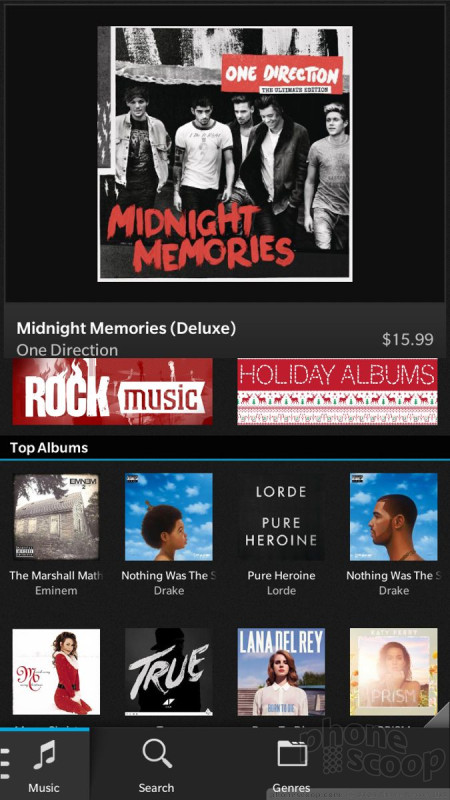



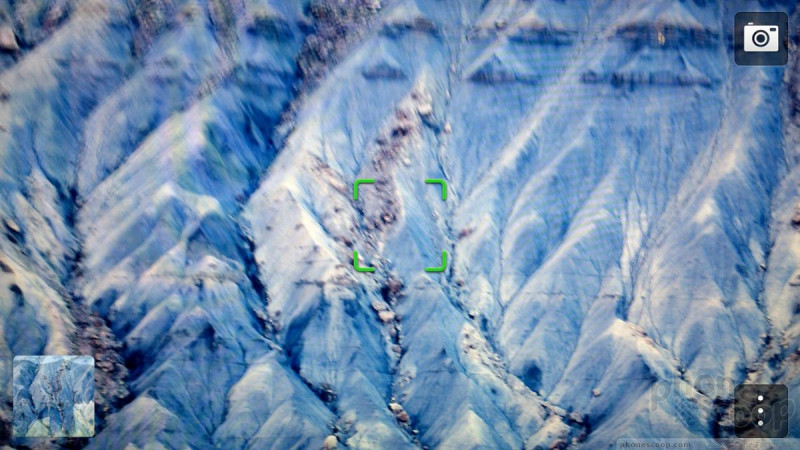

















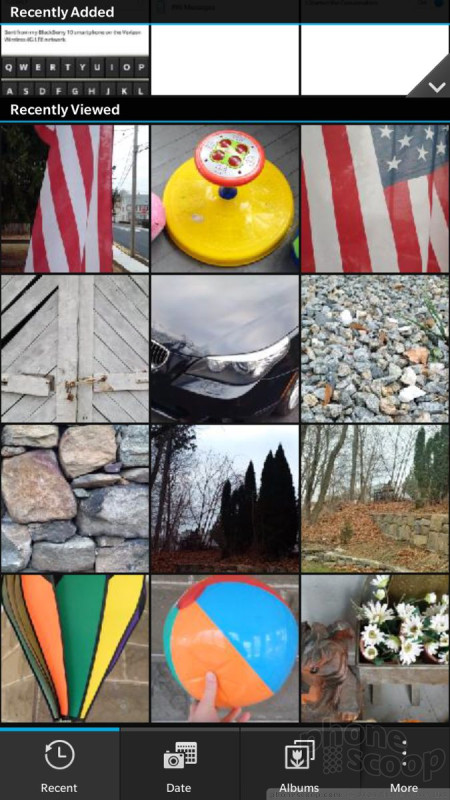




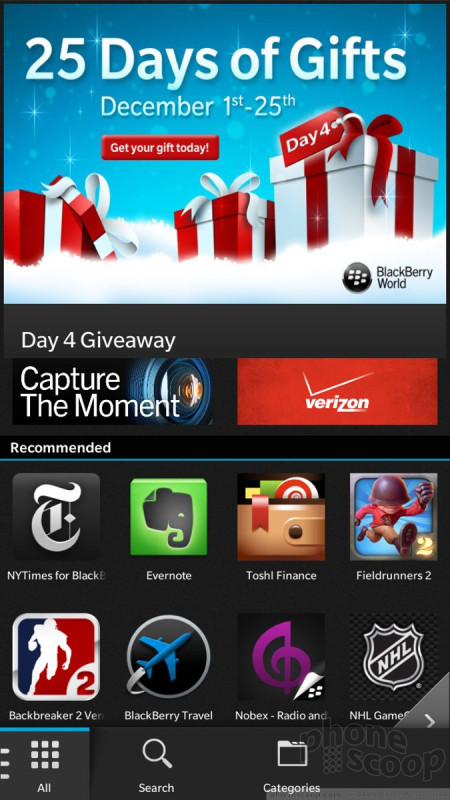




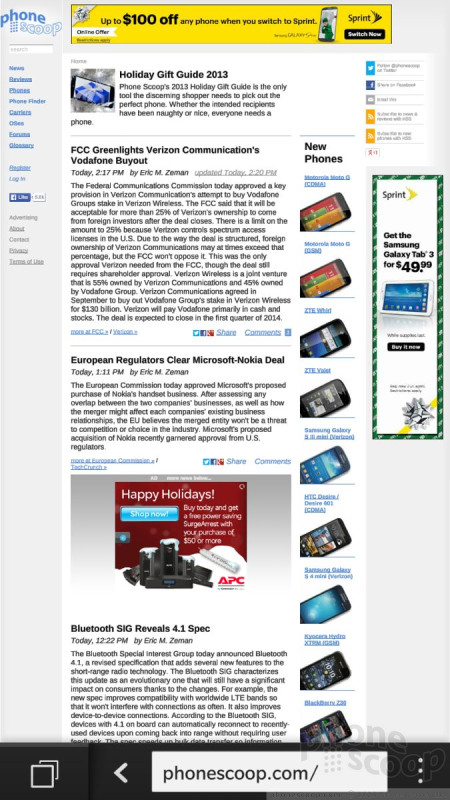



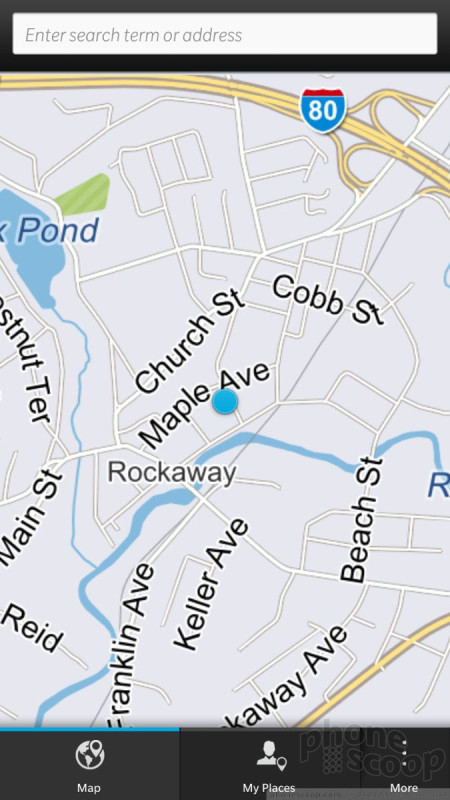




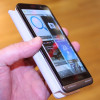 Hands-On: BlackBerry Z30
Hands-On: BlackBerry Z30
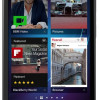 BlackBerry Unveils Z30 Smartphone with 5-Inch Screen
BlackBerry Unveils Z30 Smartphone with 5-Inch Screen
 BlackBerry Z30
BlackBerry Z30





